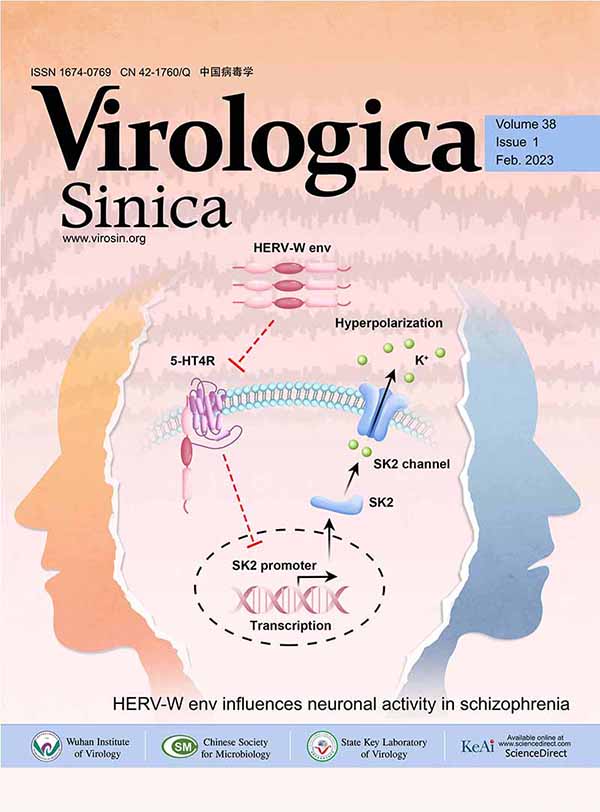Prokaryotic Expression of vp3 Gene Fragment from Goose Parvovirus and Preparation of an Antiserum
Abstract: An 864bp fragment at the 3’- end of the vp3 gene of Goose parvovirus (GPV) HG5/82 isolate was cloned by RT-PCR, and was cloned into pMD18-T Simple vector. Positive clones were identified by REN digestion and PCR and a recombinant plasmid was digested with BamHⅠand Hind Ⅲ and subcloned into the prokaryotic expression vector pET-30a. E. coli BL21 were transformed by the recombinant vector and induced by IPTG at a concentration of 0.6mmol/L. It was ascertained that the target fusion peptide with a molecular weight of 34kDa was expressed. The bacteria induced by IPTG were treated with 6mol/L Guanidine hydrochloric acid and ultrasonotor. The fusion protein was purified by using a ProBondTM Resin kit. The antiserum against the fusion protein was raised in rabbits. Western blot analysis indicated that the antiserum specifically recognized the fusion protein as well as VP1、VP2 and VP3 of GPV HG5/82 strain. In addition, a 65kDa protein of HG5/82 strain was also recognized by the antiserum. Presumablely, the protein may be an unknown structural viral protein of GPV. Combined with previous work, it can be seen the locations of B cell linear epitopes were mapped in amino acid 145~198 and amino acid 231~733 of VP1 sequence of GPV HG5/82 strain. This information may be helpful when designing recombinant diagnostic antigens for GPV.













 DownLoad:
DownLoad: